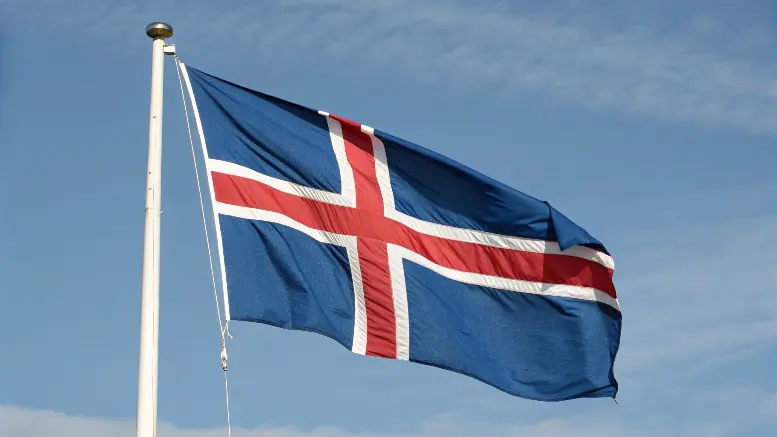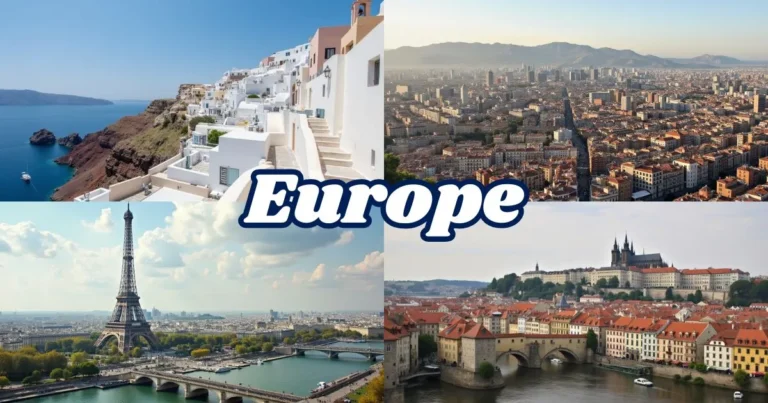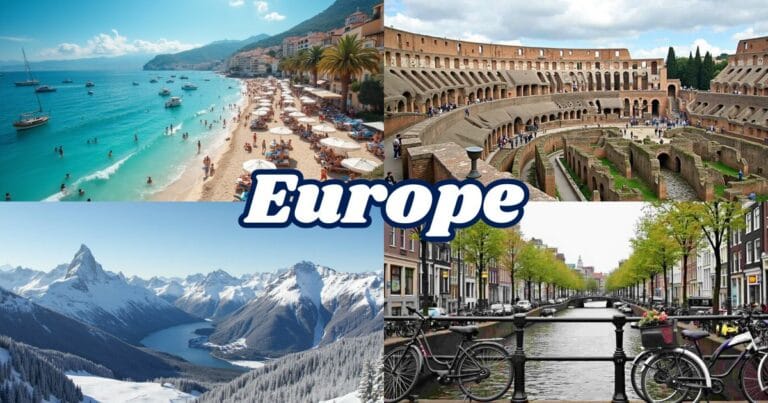Unveiling the Iceland Flag: Meaning, History & National Pride
Table of Contents
Introduction: A Flag That Speaks to the Soul
Imagine standing on the rugged shores of Iceland, the wind carrying the scent of the sea, and before you, the Icelandic flag flutters proudly against a backdrop of volcanic peaks and icy glaciers. This isn’t just a piece of cloth; it’s a testament to centuries of history, resilience, and national pride. The flag of Iceland is more than a symbol; it’s a narrative woven into the fabric of the nation’s identity.
The Origins of the Iceland Flag – A Story Rooted in Independence
Early Inspirations and Nationalism
The journey toward a distinct Iceland country flag began in the late 19th century, during Iceland’s campaign for independence from Denmark. The desire for a separate flag was intertwined with the nation’s aspirations for sovereignty. In 1885, the parliamentary assembly at Þingvellir resolved that Iceland was entitled to a separate merchant flag. This flag featured a white cross on a blue field, symbolizing the nation’s unique identity and its connection to the Nordic heritage.

Official Adoption of the Flag
The current design of the Icelandic flag was officially adopted on June 19, 1915. King Kristján X issued a decree allowing it to be flown in Icelandic territorial waters, where only the Danish flag had been permitted. The design incorporated a red cross inside the white cross, distinguishing it from similar foreign flags. This decision marked a significant step toward Iceland’s autonomy.

What the Iceland Flag Represents – Symbolism in Every Color
Colors and Their Meanings
Each color in the Icelandic flag carries profound significance:
- Blue: Represents the Atlantic Ocean and the mountains of Iceland.
- White: Symbolizes the glaciers and snow that blanket the island.
- Red: Reflects the volcanic activity and fire that shape the land.

These colors are not just aesthetic choices; they encapsulate the essence of Iceland’s natural beauty and geological uniqueness.
Cross Design and Nordic Unity
The cross design is a nod to Iceland’s Christian heritage and its shared cultural ties with other Nordic nations. The incorporation of the red cross aligns the flag of Iceland with the flags of Denmark and Norway, reinforcing the nation’s place within the Nordic community.

Emotional and National Significance
The Icelandic flag is more than a national emblem; it’s a source of pride and unity. It is prominently displayed during national holidays, public ceremonies, and sporting events, serving as a constant reminder of the nation’s journey and achievements.
Flag Protocols and Cultural Use in Iceland
Official Flag Days
The Icelandic flag is flown on several official occasions, including:
- National Day (June 17): Celebrating Iceland’s declaration of independence from Denmark in 1944.
- Independence Day (December 1): Commemorating the establishment of Iceland as a sovereign state.
- Church Holidays: Observing significant religious events.
Proper Usage Rules
There are specific protocols for displaying the Icelandic flag:
- It should be flown from sunrise to sunset.
- It must be displayed in a dignified manner, ensuring it is not soiled or torn.
- When displayed with other flags, the flag of Iceland should be at the center or at the highest point.

Comparing the Flag of Iceland with Other Nordic Flags
The Icelandic flag shares similarities with other Nordic flags, particularly in its use of the cross design. Here’s a brief comparison:
| Country | Flag Design | Unique Feature |
|---|---|---|
| Iceland | Red cross on blue with white border | Represents Iceland’s natural elements |
| Denmark | Red with white cross | Oldest national flag still in use |
| Norway | Red with blue and white cross | Reflects Norway’s independence movement |
| Sweden | Blue with yellow cross | Symbolizes Sweden’s royal heritage |
These shared elements highlight the cultural and historical connections among Nordic countries.
Interesting Facts About the Iceland Country Flag
- The Icelandic flag was first flown on December 1, 1918, when Iceland became a sovereign state under the Danish crown.
- The flag’s design was created by Matthías Þórðarson, who incorporated elements representing Iceland’s natural beauty.
- The flag of Iceland has been a symbol of national pride and unity, especially during times of political change and celebration.

Table of Icelandic Flag Representations in Art, Culture & Cuisine
| Category | Representation | Notes |
|---|---|---|
| Art | Paintings & National Gallery | Flag elements often featured in modern Icelandic art |
| Sports | National Football Team | Flag displayed during international matches |
| Food | National Day Cakes | Cakes decorated with the colors of the flag |
These representations showcase the pervasive influence of the Icelandic flag in various aspects of Icelandic life.
FAQs About the Iceland Flag
What does the Iceland flag symbolize?
The Icelandic flag symbolizes the nation’s natural elements—blue for the ocean and mountains, white for the glaciers and snow, and red for the volcanic activity. It also reflects Iceland’s Christian heritage and its connection to other Nordic countries.
When was the flag of Iceland officially adopted?
The flag of Iceland was officially adopted on June 19, 1915, and became the national flag on December 1, 1918, when Iceland gained full sovereignty.
Can I use the Icelandic flag on personal items or clothing?
Yes, but with respect. The Icelandic flag should be used in a manner that honors its significance. It is commonly featured on clothing, accessories, and souvenirs, especially during national celebrations.
Why does the Iceland country flag resemble other Nordic flags?
The cross design in the Icelandic flag is a common feature in Nordic flags, symbolizing Christianity and shared cultural heritage. The use of red, white, and blue aligns Iceland with other Nordic nations.
Conclusion – More Than a Flag, It’s Iceland’s Soul
The Icelandic flag is not just a national symbol; it’s a reflection of the nation’s identity, history, and values. From its origins in the struggle for independence to its current status as a symbol of unity and pride, the flag embodies the spirit of Iceland. Understanding its history and symbolism allows you to appreciate the depth of meaning behind each fluttering strand of fabric.
If you’re inspired by the story of the Icelandic flag, consider exploring more about Iceland’s rich history and culture. Visit museums, participate in national celebrations, or even plan a trip to experience firsthand the beauty and spirit of this remarkable island nation.







